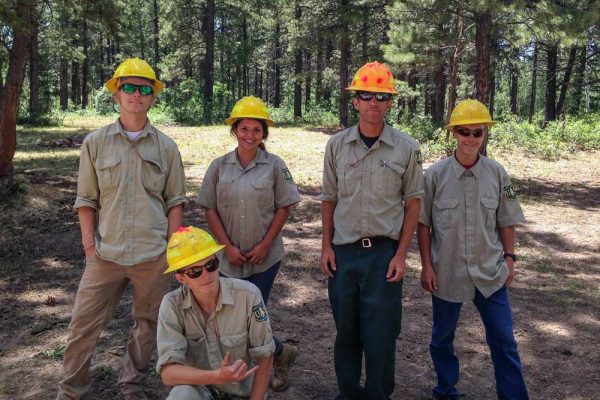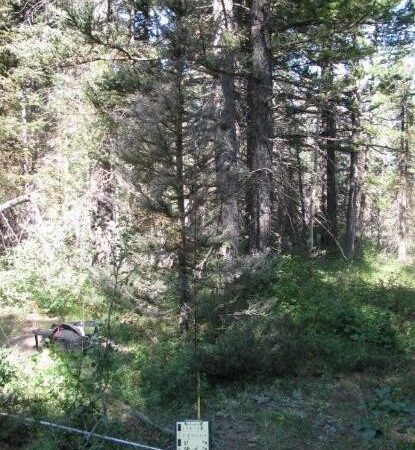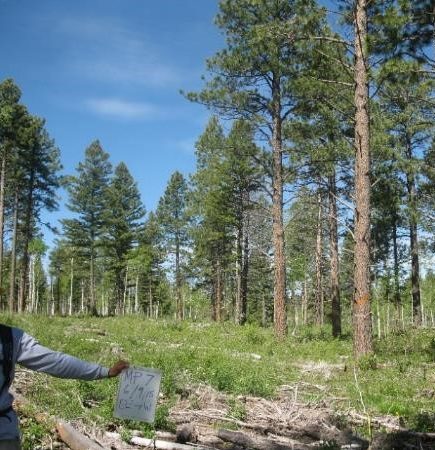PURPOSE
The Uncompaghre Plateau Collaborative Forest Landscape Restoration Program’s (UP-CFLRP) mission is to enhance resiliency, diversity, and productivity of native ecosystems in National Forest System lands on Colorado’s Uncompahgre Plateau by using collaboration and best-available science. This program builds on successful partnerships established between CFRI, the U.S. Forest Service, local and county governments, the Uncompahgre Partnership, interest groups, private industry, and others.



